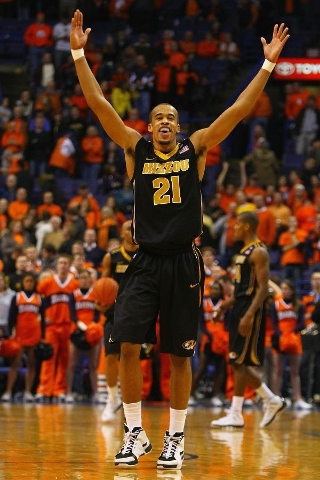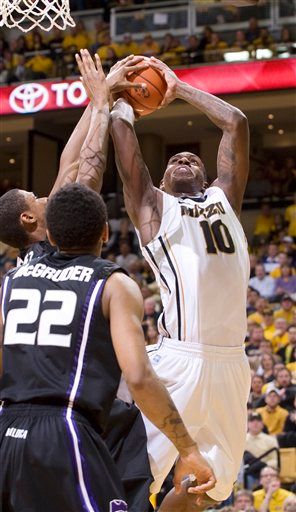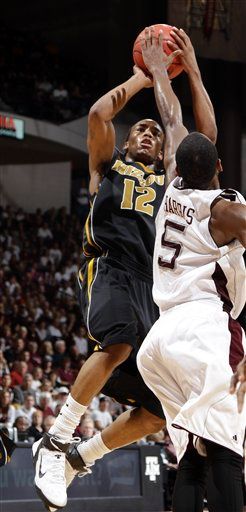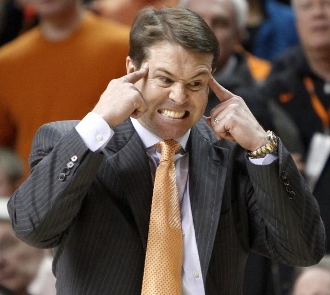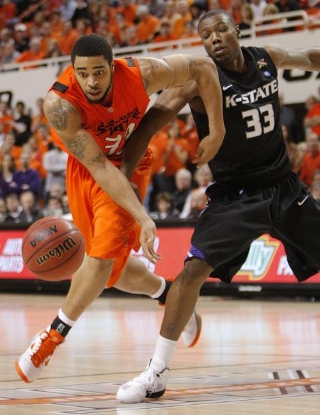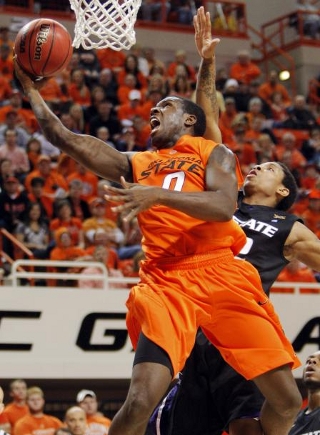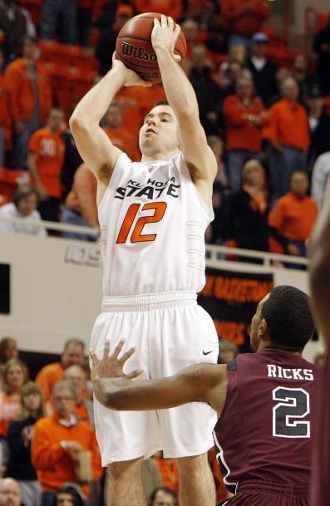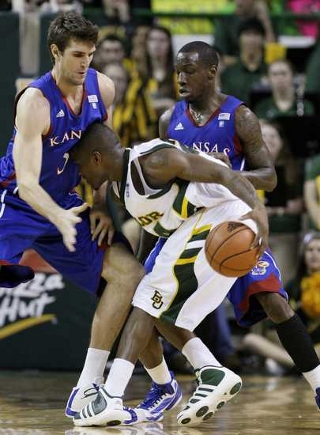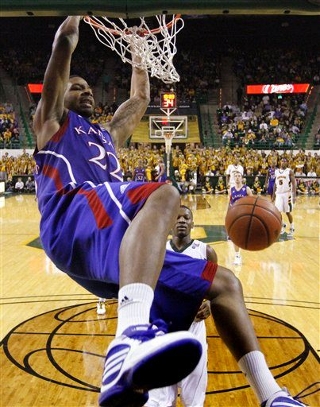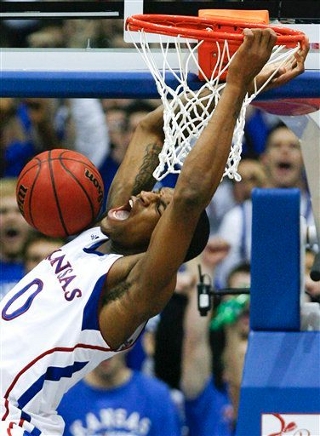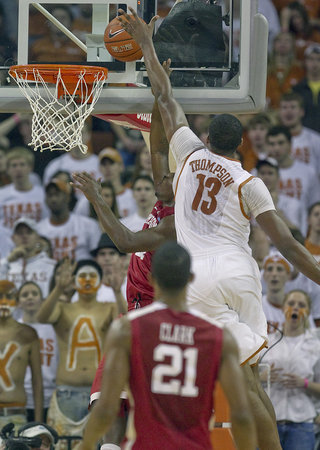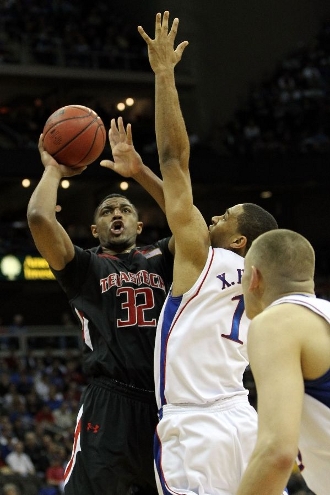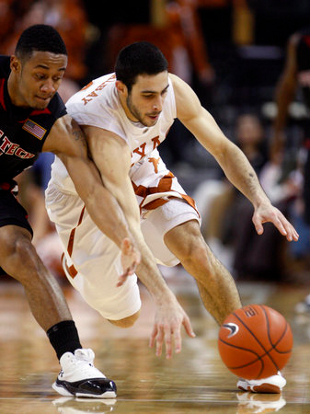Frank Erwin Center | Austin, TX | Tip: 8 P.M. | TV: ESPNU Texas is more than halfway through the most brutal five-game stretch of their schedule, yet the team still sits atop the league with a perfect 5-0 mark. They have survived two road games and defeated two top ten teams, and have ascended the polls and the standings as a result. Unfortunately, the final two games of that five-game gauntlet will not be any easier. First up is Missouri, who comes to the Frank Erwin Center tonight as winners of the last three matchups between these two programs. Texas had a chance to win when the teams last met in Austin, but failed to execute down the stretch and let the Tigers escape with a 69-65 win. Missouri is coming into this game with extra rest, as they have been off since demolishing Iowa State last Saturday. Texas, meanwhile, is returning home for the first time since logging road wins against Kansas and Oklahoma State. For the Tigers, a loss tonight would put them two losses behind the Jayhawks and three losses behind the Longhorns. Without a doubt, this game is a must-win for their league title hopes.
Laurence Bowers and the Tigers are riding high By the numbers If you’ve watched any Big 12 hoops in the last few years, you know about Missouri’s “Fastest 40 Minutes in Basketball.” They average more than 73 possessions per ballgame, which is 10th-fastest in all of Division I. The Tigers push the tempo with full-court pressure and extended man-to-man and matchup zones that force guards to make decisions well beyond the perimeter. But while the Tigers force a turnover once in every four trips down the court, they don’t play reckless when they have the ball on their own end. Missouri coughs it up on just 16.9% of their own possessions, good enough for 17th-best in the country. When the easy looks aren’t available in transition, they know to slow it down and run their half-court offense. Those half-court sets are highly efficient, reminiscent of the Dribble Drive Motion that Memphis made famous in 2008. The Tigers have a lineup filled with athletic shooters who can attack the paint off the dribble, knock down jumpers with ease, and know how to find the open man on the perimeter when they force defensive help. Missouri’s offense is just fractions of a point less efficient than that of the Longhorns — just 0.002 points per possession seperate the two offenses. The biggest weakness for Missouri is their defensive rebounding. They are allowing opponents to claim 33.9% of their misses, and Colorado and A&M both exploited this in wins over the Tigers. The Aggies rebounded 40% of their own misses, while Colorado snagged 42.7% when they upset Missouri in Boulder. For a Texas team that has proven to be very strong on the glass, this could be huge tonight. Meet the Tigers Without a doubt, the team’s leader is sharpshooter Marcus Denmon. He’s making nearly 50% of his attempts from behind the arc so far this season, and he’s a guy who takes more than five threes a game. When the Tigers faced Nebraska in Columbia earlier this month, Coach Doc Sadler and the Huskers labeled Denmon as a “no-catch guy.” Their defense, however, allowed him to not only catch it, but also shoot it — over and over and over. All told, Denmon scored 27 on the typically stingy Nebraska defense, tying his career high. Yet another sweet shooter for the Tigers is Kim English, a gym rat whose penchant for sleeping in the practice facility was well-documented during Missouri’s Elite Eight run two seasons ago. He’s averaging nearly 11 points per game and is sinking 39% of his threes, yet is just the 5th-highest scorer on the team. With five players all averaging double figures, the well-balanced Missouri attack can be very hard to defend.
Ricardo Ratliffe finally gives Mizzou a true post presence One reason these Tigers are so hard to defend this season is the addition of junior college transfer Ricardo Ratliffe. Twice an All-American at the juco level, Ratliffe gives the Tigers their first legitimate post player since Coach Mike Anderson arrived in Columbia. He’s deadly with a right-handed baby hook, can drop step to the bucket with ease, and is an absolute rebounding machine. Ratliffe is averaging seven boards per game, and is grabbing nearly 13% of the team’s offensive rebounding opportunities, a number that puts him in the Top 100 nationally. Laurence Bowers is another 6’8″ forward for the Tigers, but he plays much more like a wing. He’s a terrible match-up for most opponents, as he is so athletic and has such good handles that most forwards find it tough to contain him. At 6’8″ and boasting an impressive wingspan, Denmon makes it difficult for smaller guards to challenge his shots. On the defensive end, Bowers is an excellent shot blocker with great timing, and he’s often able to disrupt fast breaks as a trailer by coming up with unbelievable swats. At the point, sophomore Michael Dixon has developed nicely after a freshman campaign which had some speed bumps. He’s posting an assist-to-turnover ratio of 2.3, yet still averages more than 10 points per game. He’s yet another solid outside shooter for the Tigers, knocking down 37.9% of his looks behind the arc so far. Backing up Dixon is freshman phenom Phil Pressey. A top 10 recruit at his position last season, Pressey is averaging nearly four assists per game off the bench, despite fracturing the ring finger on his right hand in December. He’s also really blossomed as a scorer in the last few weeks, and is liable to go off for a flurry of points tonight if Texas doesn’t keep a defender in his shirt. Justin Safford provides the only senior leadership on the team, and he also brings to the table a reputation for solid interior defense. Unfortunately, Safford looks to have lost a step since tearing his ACL last February, and he doesn’t look quite as comfortable this season running the floor in transition for Mizzou. With the addition of Ratlife to the lineup, Safford is playing less than 18 minutes per game, but he still is chipping in more than seven points and four boards per game. Also coming off the bench in the frontcourt is junior Steve Moore. Aside from Ratliffe, Moore is the only other prototypical big man on the roster, checking in at 6’9″ and 270 pounds. Unfortunately, he’s not in great shape for running up and down the court, and his conditioning leads to a lot of fouls when he gets out of position. He’s fouled out of three games this year and averages more than 8 fouls per 40 minutes. In the backcourt, the deep Tiger roster also boasts junior college transfer Matt Pressey, older brother of Phil. He played his juco ball at Navarro CC, where he showcased the ability to get inside off the bounce and score in traffic. He’s not a great outside shooter, so the Horns would be wise to give him a cushion lest he blow by and penetrate the lane. Freshman Ricky Kreklow rounds out the rotation, and he marks the third-straight Mr. Basketball from the state of Missouri to play for the Tigers. He’s known for his outside shooting, and so far is making 32.3% of his long-range attempts in his 11 minutes of action per game.
Texas must shut down Marcus Denmon Keys to the game First and foremost, the key for any team playing the Tigers is to control the basketball. Fortunately, Texas has been one of the steadiest teams in the country when it comes to ball control, coughing it up just 17.5% of the time. Of course, the Longhorns haven’t faced a defense quite like Missouri’s so far this season, and have shown occassional spurts of sloppiness throughout the season. Limit the turnovers tonight, though, and the Longhorns should move to 6-0 in league play. If Texas is limiting the turnovers, it forces Missouri to play half-court basketball. The Tigers are great at penetrating and kicking, so they must lock down the perimeter, especially the sharpshooting Denmon. Dogus Balbay has done a fantastic job in his last two games, holding Josh Selby to four points and Ketion Page to zero. If he can lock down Denmon, the Horns will only have to worry about keeping Dixon and English from lighting them up from outside. As we mentioned earlier, Missouri’s big weakness is on the defensive glass. If Texas can dominate the offensive boards, they should be able to get quite a few second chance points. Texas is the 35th-best offensive rebounding team in the country, securing 37% of their own misses. Keep up that trend against Missouri, and it should result in a W. Finally, Texas will want to dictate the pace. The Tigers are more rested coming into this game, and have a rotation of ten men. The Longhorns can feasibly only run seven or eight deep, so getting into a track meet will only work in Missouri’s favor. If the Longhorns can run when it benefits them, and play half-court basketball when the fast break isn’t there, they should be able to defend their home court. |








